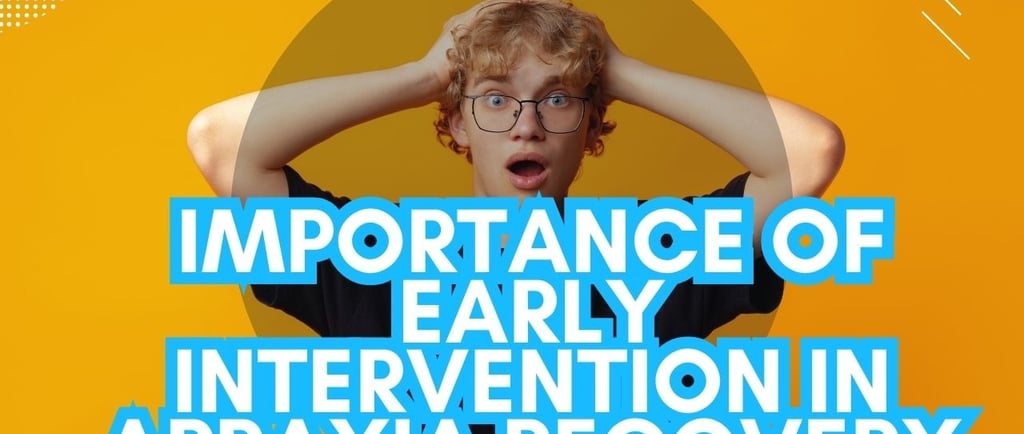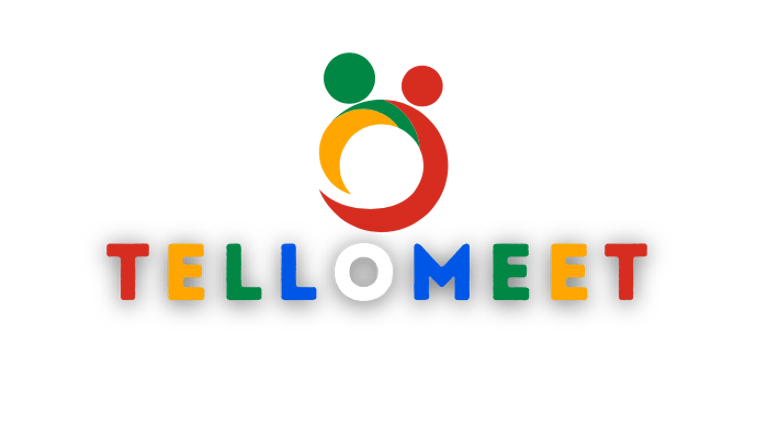Online Speech Therapy Platform
Importance of Early Intervention in Apraxia Recovery
Why Timely Diagnosis and Therapy Make a Difference
APRAXIA
selvakumar
7/23/20252 min read


When it comes to apraxia of speech in adults, early intervention can significantly influence the success of recovery. Whether caused by stroke, traumatic brain injury, or a neurodegenerative condition, early speech therapy helps improve communication skills, reduce frustration, and build confidence from the very beginning.
In this blog post, we’ll explore why starting therapy early is one of the most effective steps in overcoming apraxia—and how it can change the course of recovery.
🧠 What Is Apraxia of Speech in Adults?
Apraxia of speech (AOS) is a motor speech disorder where the brain struggles to plan and coordinate the movements required for speech. It’s not about muscle weakness—rather, it’s about the brain’s inability to send the correct signals to the mouth, lips, and tongue.
It often occurs following a stroke, traumatic brain injury (TBI), or progressive neurological disease like primary progressive aphasia.
⏰ Why Early Intervention Matters
1. Prevents Secondary Issues
Delays in treatment may lead to additional problems such as:
Increased frustration and anxiety
Social isolation
Depression due to communication challenges
Early therapy helps avoid these emotional and social setbacks.
2. Harnesses Neuroplasticity
The brain has a natural ability to reorganize and heal—especially soon after injury. This is called neuroplasticity, and it’s strongest during the first few weeks to months after a brain event. Starting therapy early uses this “healing window” to improve speech outcomes.
3. Builds Confidence Early
Frequent failures in communication can reduce self-confidence. With early guidance from a speech-language pathologist (SLP), individuals can learn compensatory strategies and begin to succeed in everyday communication tasks—building trust in themselves and the recovery process.
4. Customizes Treatment from Day One
Early intervention gives therapists the chance to create a personalized plan, focusing on individual speech challenges. Tailored exercises, therapy goals, and regular feedback can fast-track improvement.
🧑⚕️ What Early Intervention Looks Like
Early intervention typically includes:
Accurate diagnosis by a speech-language pathologist
Consistent therapy sessions (in-person or online)
Home practice exercises to reinforce progress
Family education and involvement
Many individuals now benefit from online speech therapy platforms like TelloMeet, which allow patients to begin therapy from the comfort of home—without travel delays.
📈 Success Rates with Early Treatment
Research shows that individuals who begin therapy within the first 3 months after brain injury or stroke tend to have:
Faster recovery times
Improved speech clarity
Better emotional outcomes
Higher satisfaction with communication
💬 Real-Life Example
A 52-year-old stroke survivor named Raj began online speech therapy just 3 weeks after his stroke. With consistent support and daily practice, Raj was able to return to his job as a financial advisor in just 6 months. His progress was credited to the early start and tailored therapy.
✅ Start Early, Speak Strong
If you or your loved one has recently been diagnosed with apraxia of speech, don’t wait. The earlier you begin therapy, the better your chances of improving communication and quality of life.
🗣️ Get Started with Online Speech Therapy
At TelloMeet, we provide specialized speech therapy for adults with apraxia—designed to fit your schedule and recovery needs.
👉 Book your first session now and take the first step toward recovery.
🔗 www.tellomeet.com
